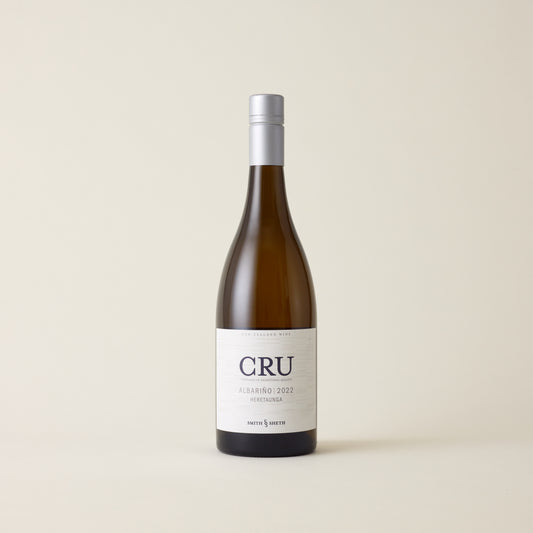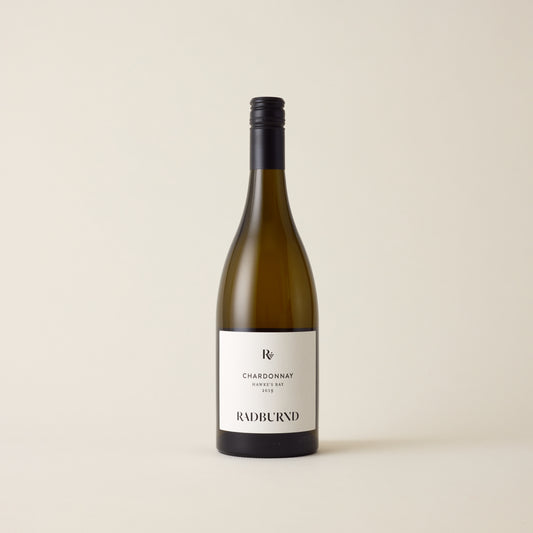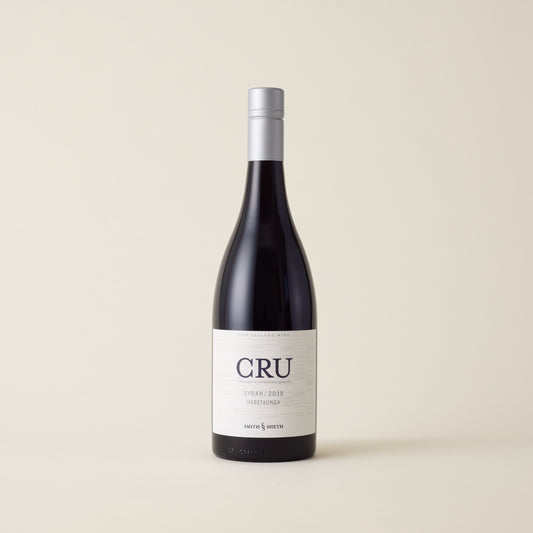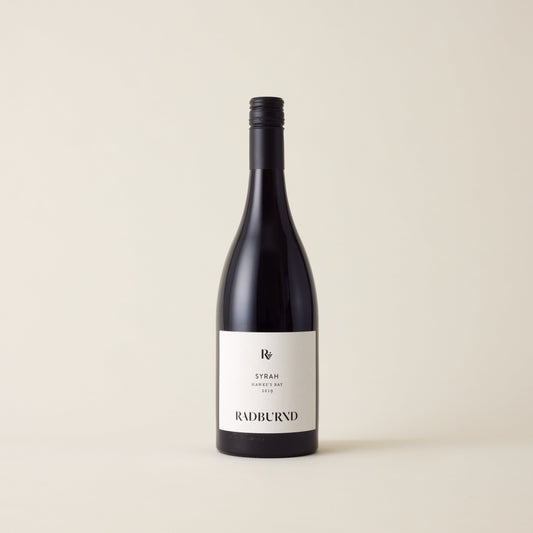



Hawke’s Bay Sub-regions


Geographical Indication (GI) and Provenance
Hawke's Bay
Smith & Sheth Cru Heretaunga Albarino 2022






Smith & Sheth Cru Heretaunga Albarino 2022
Regular price
£21.75
Sale price
£21.75
Regular price
£29.00
Radburnd Chardonnay 2019








Radburnd Chardonnay 2019
Regular price
£33.00
Sale price
£33.00
Regular price
£44.00
Smith & Sheth Cru Heretaunga Syrah 2019


Smith & Sheth Cru Heretaunga Syrah 2019
Regular price
£20.25
Sale price
£20.25
Regular price
£27.00









